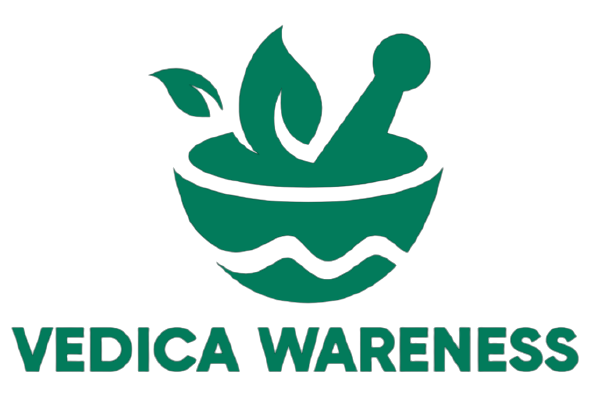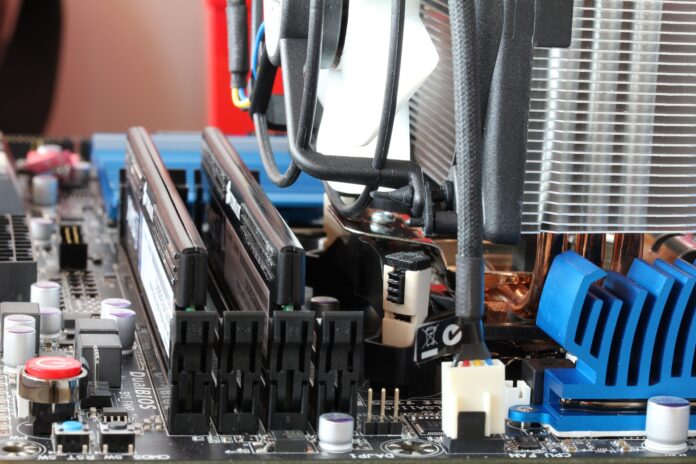Heat sinks are essential components of electrical and mechanical equipment. They perform the function of passive heating systems, transferring heat from heated elements to a liquid flow (usually air).
There are several different forms of heat sinks. Some are constructed of copper, while others are made of aluminum. However, heatsinks are most often constructed using the aluminum extrusion method. Extruded heat sinks are frequently anodized as well.
What is the reason behind this? What advantages does an anodization aluminum heatsink provide? The first subject will be how anodization works and then move on to the benefits it provides.
What is the Anodization Method?
Anodization is a chemical reaction. Unlike painted or powdered spraying, nothing is added to the surface of the material. Anodization, on the other hand, deepens the naturally existing oxide coating on the metallic surface, which protects it against corrosion.
The extrusions have been immersed in an alkaline electrolyte shower. They are subjected to a reduced voltage and increased amperage of direct current.
The oxide film increases, resulting in the formation of a porous surface. Stiffening the oxide layer provides advantages.
What Are the Advantages of Anodized Heat Sinks?
Anodizing aluminum extrusions have a variety of general advantages. The following are some of the primary advantages of anodized heat sinks:
- Better Corrosion Resistance
- Higher Wear Resistance
- Improved Electrical Isolation
The density of the oxide film improves resistance to corrosion, fatigue strength, and insulating properties.
Because of the tiny texture and greater contact area, transmittance improves. The emission spectra of the unpolished surface of aluminum are around 0.05. The emission spectra of an anodized aluminum surface are around 0.85.
That’s an important distinction. However, enhanced thermal radiation will also have a greater (%) impact on poor heat sinks. It’ll have a smaller overall effect on active heat sinks (which uses a fan).
Can the hue of a heat sink influence the performance?
Another advantage of anodizing extruded aluminum is the possibility to include colorful dyes. The permeable oxide layer may be filled with dye, which is absorbed and impervious to aging.
Anodized heat sinks can be colored in a variety of colors, including blue, green, and black. It is crucial to highlight, however, that color has just a visual influence. Heat transmission will be unaffected regardless of hue.
The primary advantage of these colors is their aesthetic attractiveness. It’s also worth noting that heat sinks should never be painted or powder coated. Insulation will be provided by these coatings. They will have a detrimental influence on heat transmission.
Conclusion
Anodization enhances the protection against corrosion, abrasion resistance, and galvanic isolation of a heat sink.
It will also raise the surface emissivity. In modest, passive heat sinks, an improvement in transmittance makes a more noticeable difference.
If your heat sink is huge, the enhanced thermal radiation creates less of an impact. The gap will be negligible in an active heat sink.
You should consider the price of anodizing against the advantages it provides. Also, never spray or dust paint your heat sinks.











